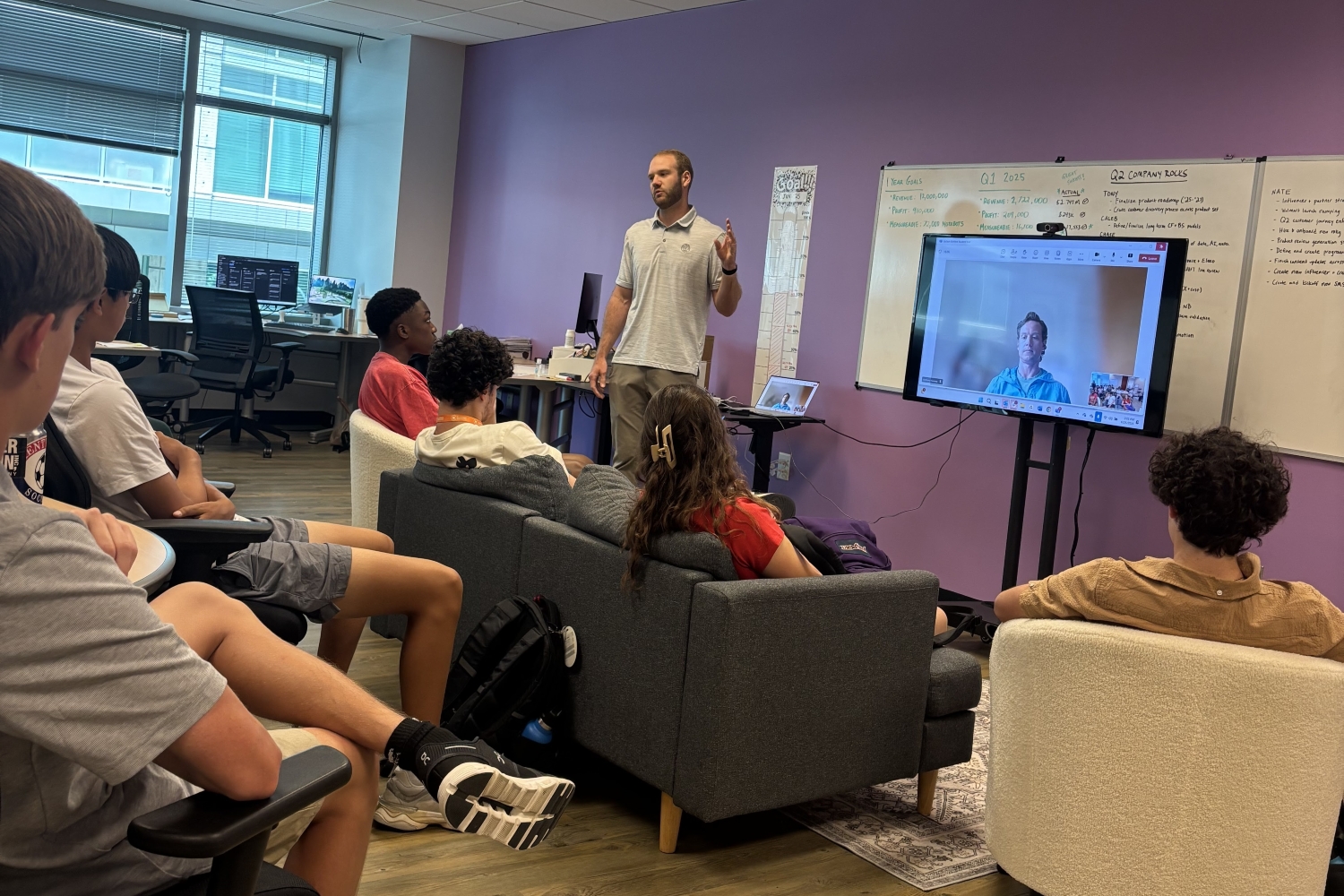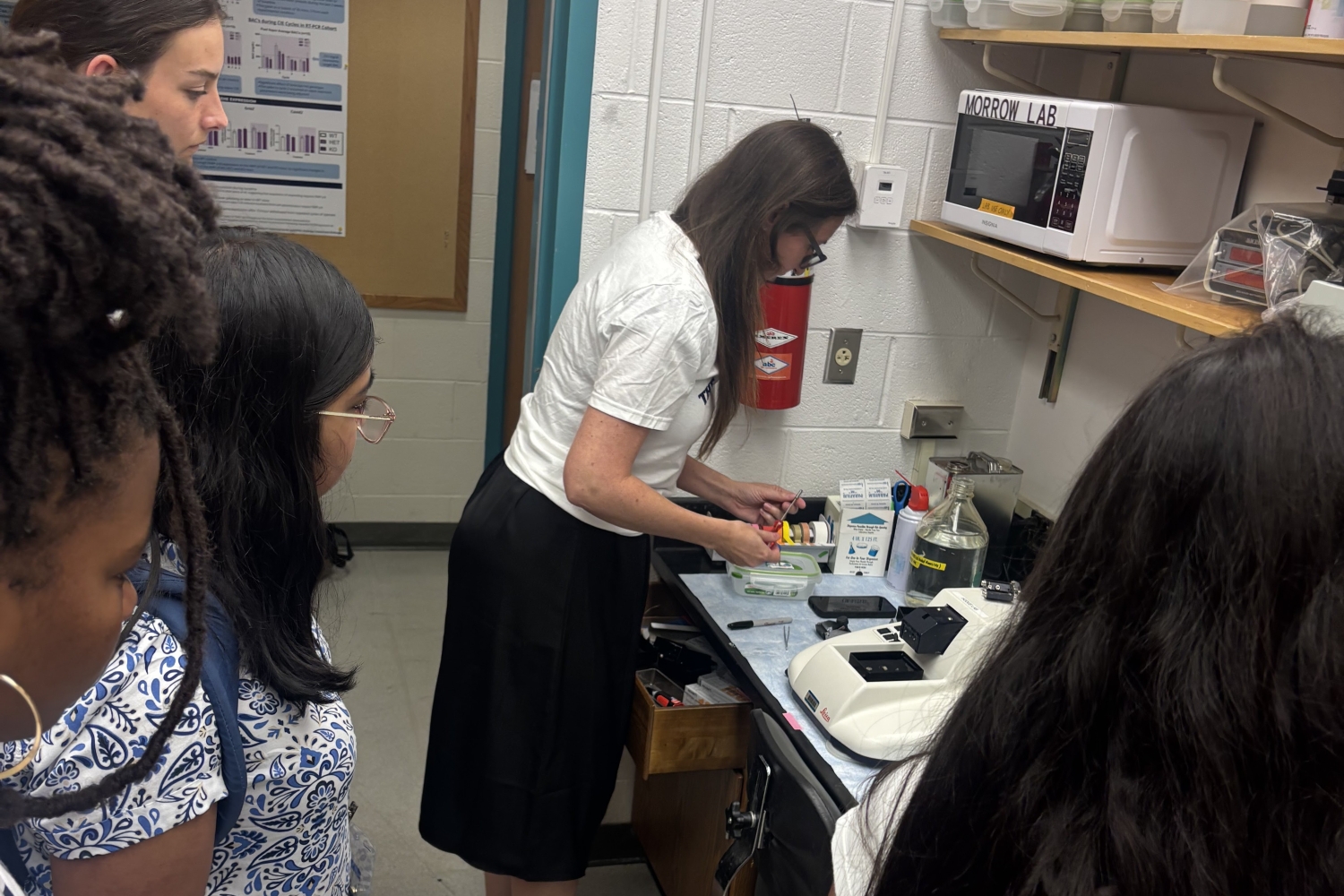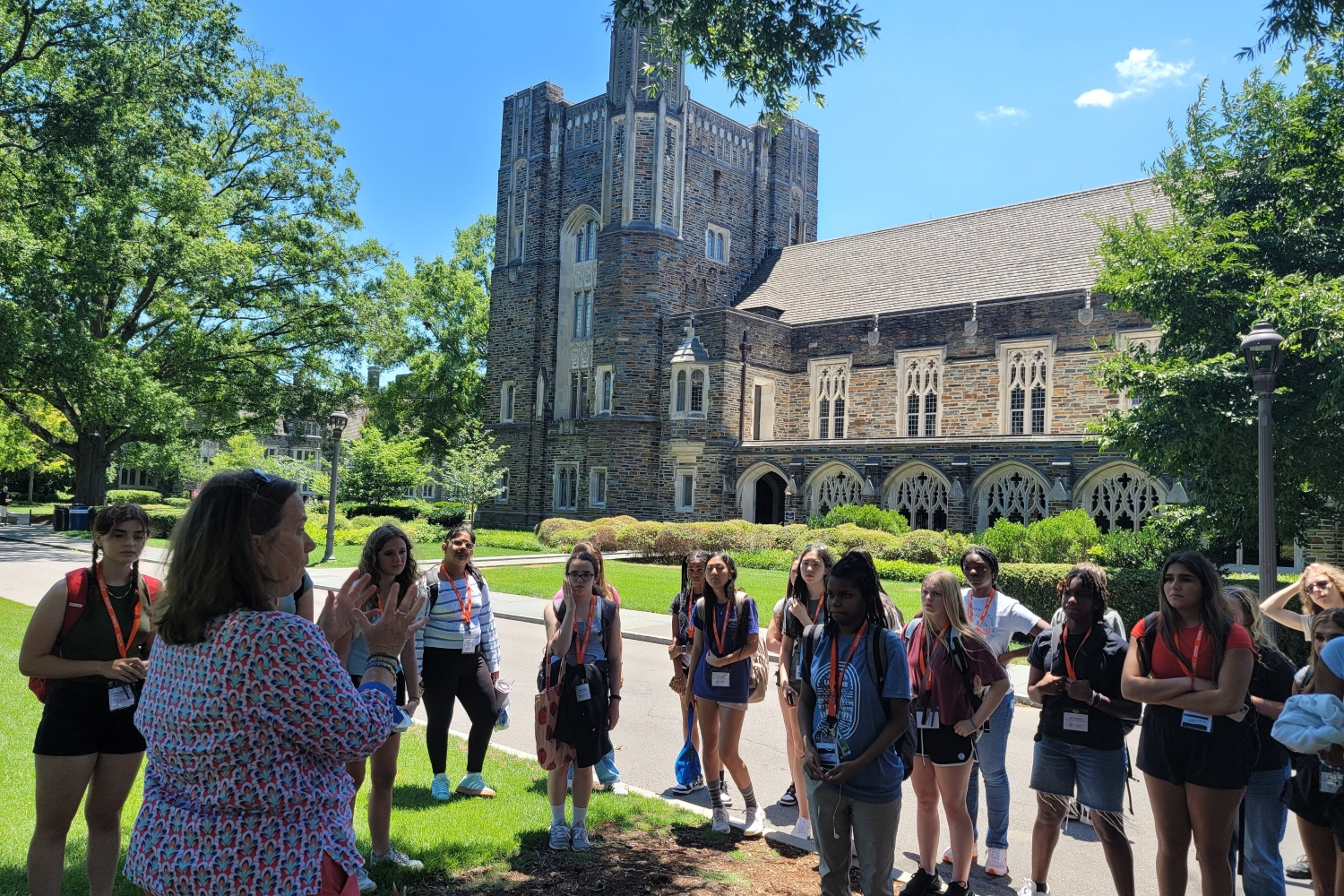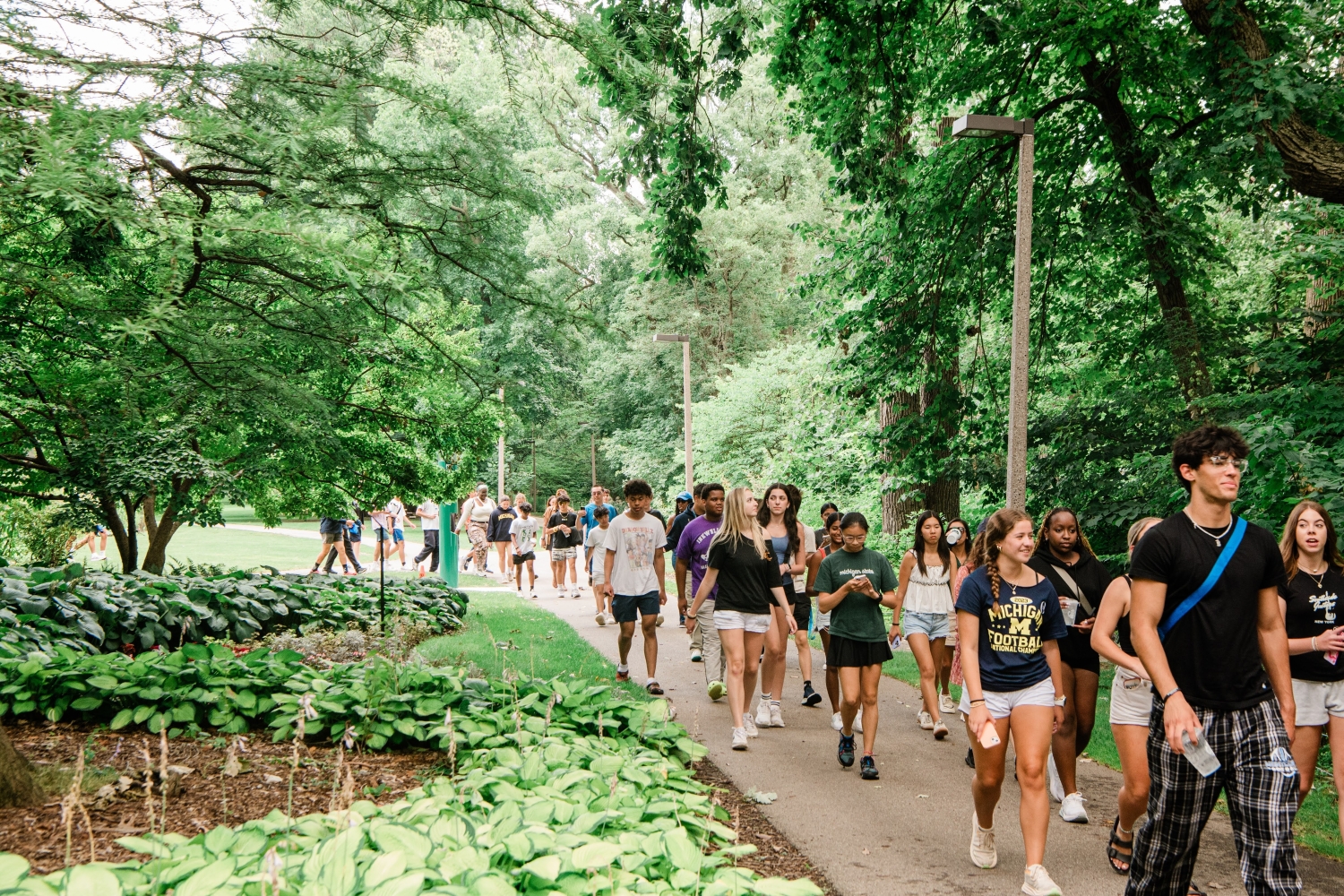Summer Springboard
Biomedical Engineering
ACADEMIC COURSE
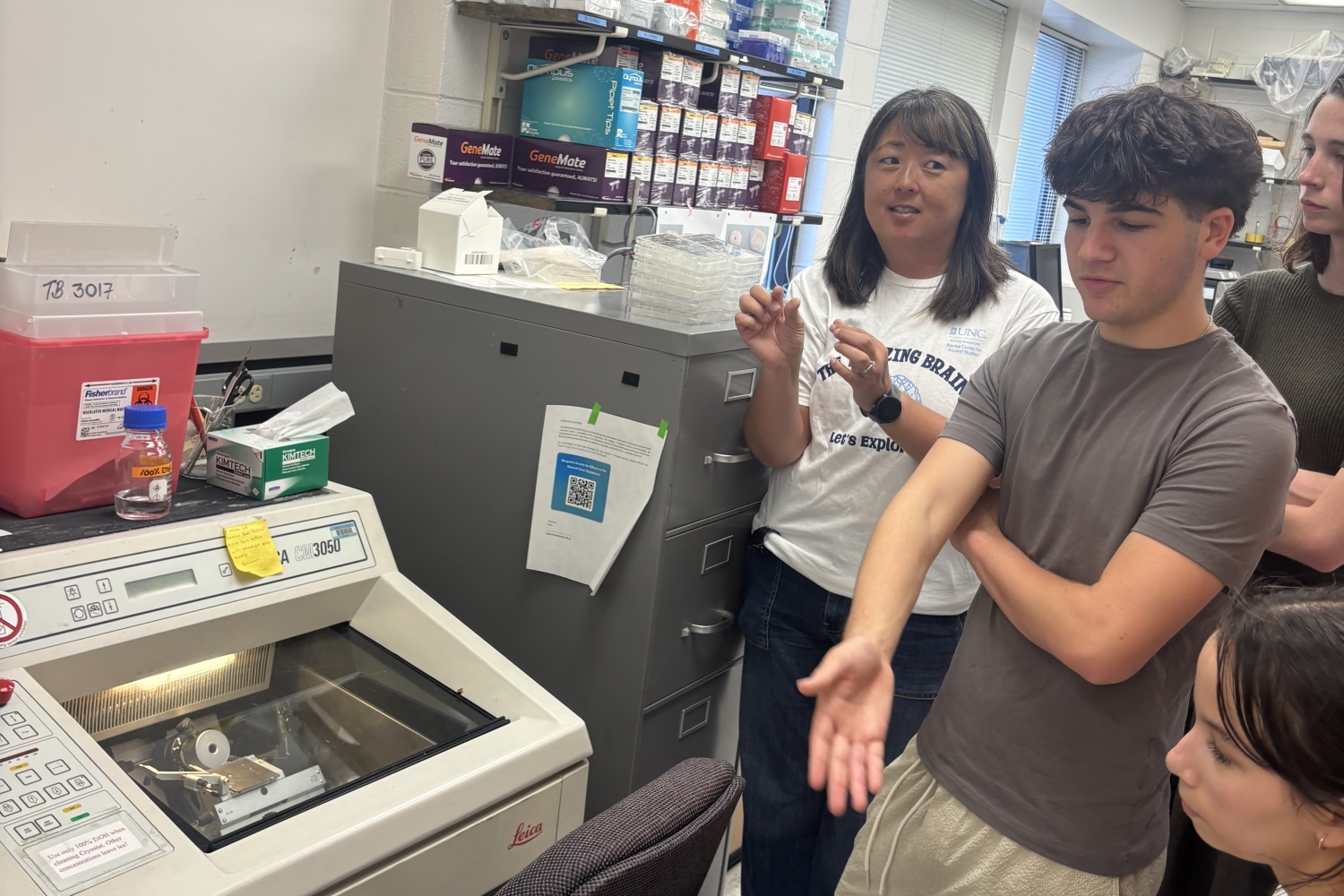
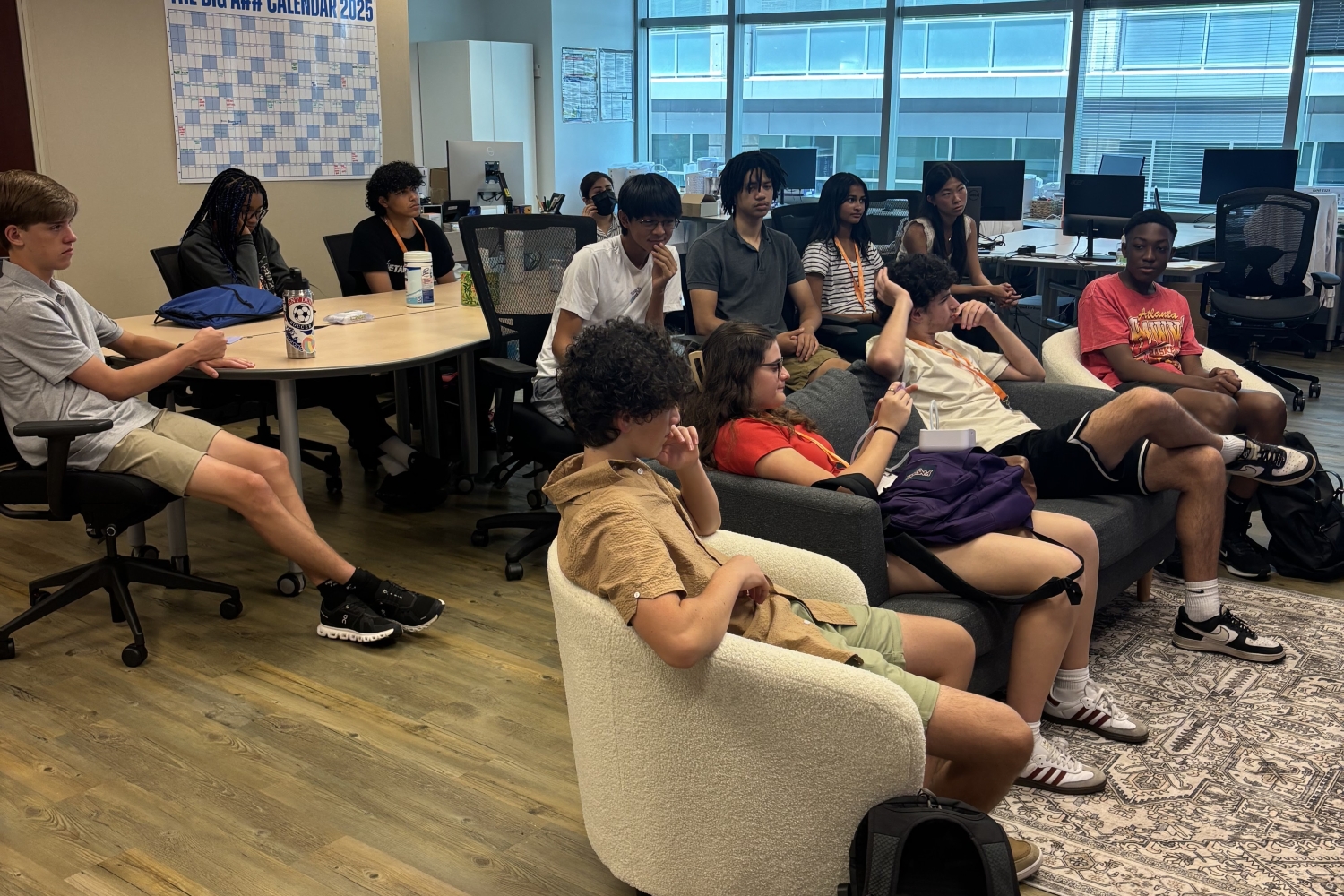
DESIGN THE FUTURE OF HEALTHCARE THROUGH BIOMEDICAL INNOVATION
Course Highlights
- Design and build a basic biomedical prototype—think prosthetic hand.
- Learn to analyze, design, and solve engineering challenges in healthcare.
- Explore current biomedical research and diverse career opportunities.
- Discover implantable devices like pacemakers, artificial hips, and stem-cell tech.
- Hands-on experience in both computer science and life sciences integration.
- Offered at prestigious university campuses: Duke, University of Michigan, and Georgia Tech.
Summer Springboard
Biomedical Engineering
Course Overview
Dive into the exciting intersection of engineering, medicine, and technology with Summer Springboard’s Biomedical Engineering program. This hands-on course introduces students to the innovative tools and techniques used to solve real-world problems in healthcare. From designing prosthetics and medical devices to exploring the role of tissue engineering and regenerative medicine, students gain practical experience applying engineering principles to improve human health. Participants will also engage in collaborative projects that simulate challenges faced by professionals in the field.
Through interactive lectures, lab-style workshops, and exposure to cutting-edge biomedical research, students will develop a solid foundation in both the life sciences and engineering disciplines. The program also explores emerging technologies like wearable devices and stem-cell therapies, while giving students insight into diverse career pathways in biomedical engineering. Offered at prestigious university campuses such as Duke, UC Santa Barbara, and Georgia Tech, this course empowers future innovators to explore one of the fastest-growing and most impactful areas of modern medicine.
LEARNING OUTCOMES
Outcome #1
Apply engineering principles to design and evaluate solutions for medical and healthcare challenges.
Outcome #2
Demonstrate an understanding of human anatomy, biomaterials, and medical device functionality.
Outcome #3
Collaborate on hands-on projects to prototype biomedical technologies such as prosthetics or assistive devices.

